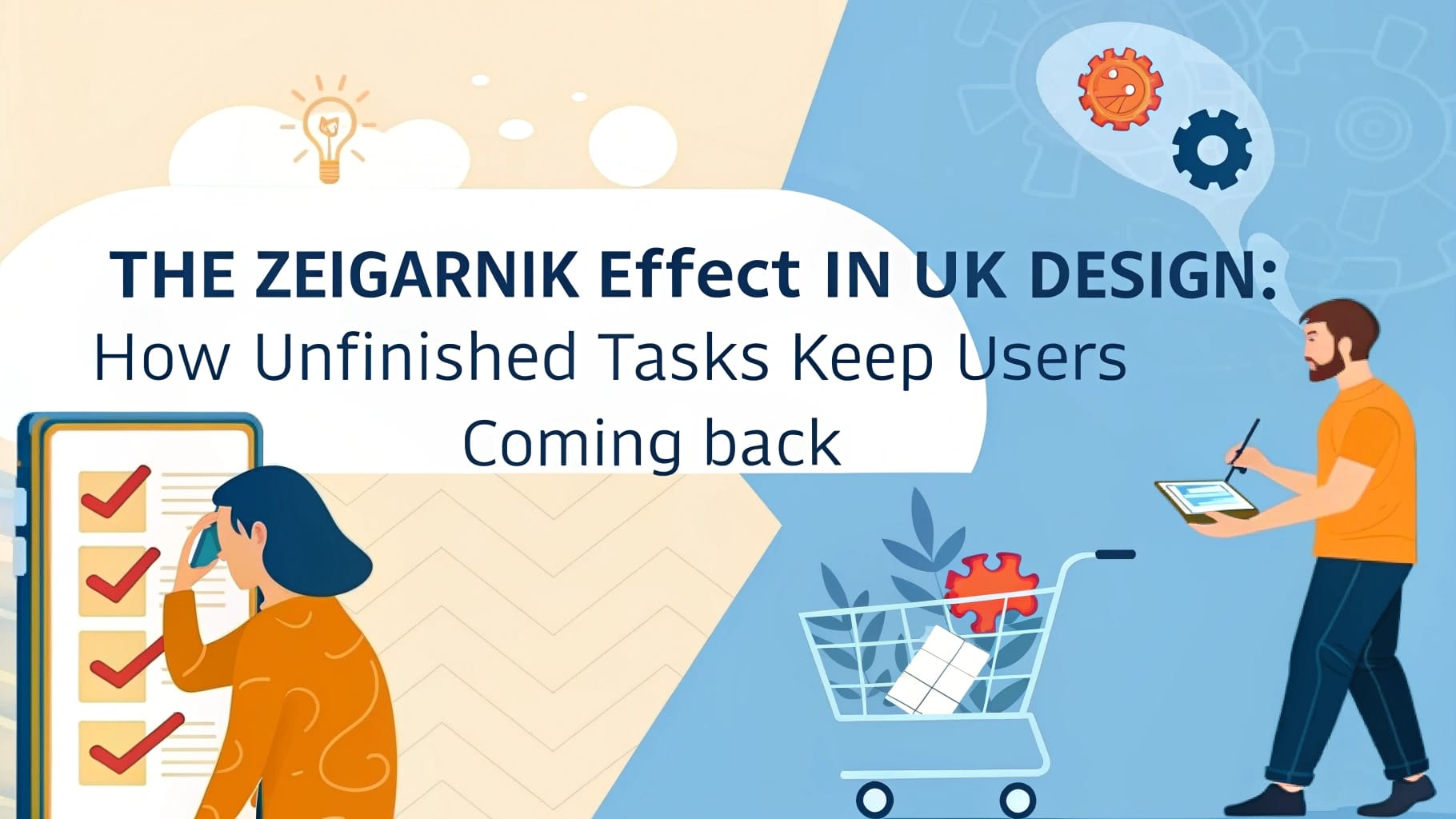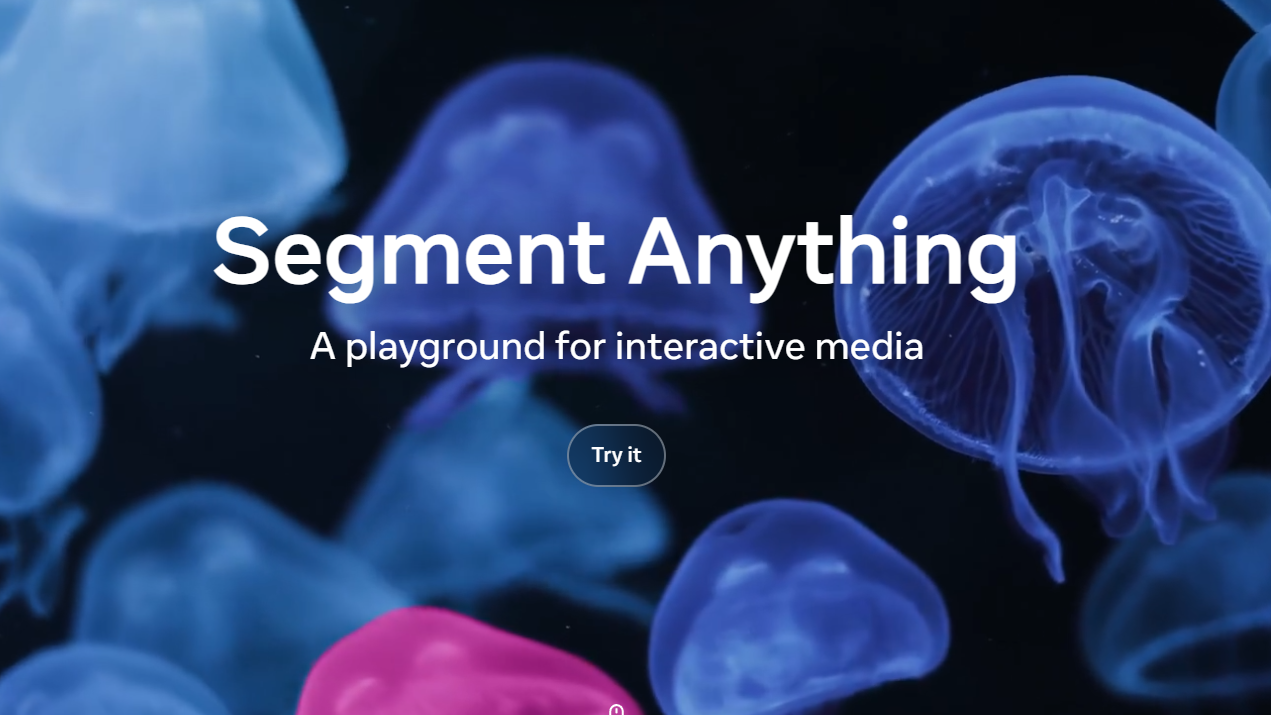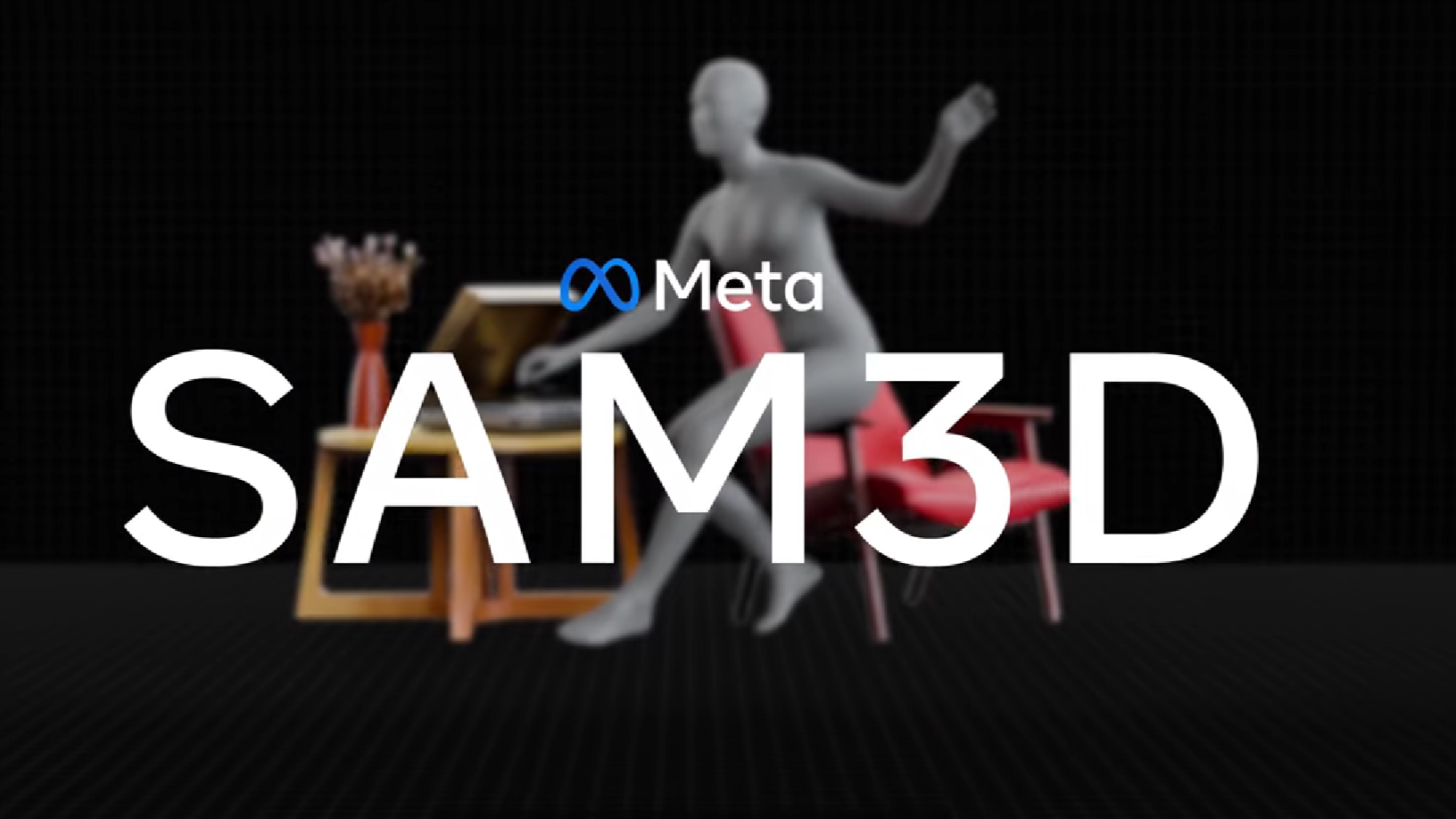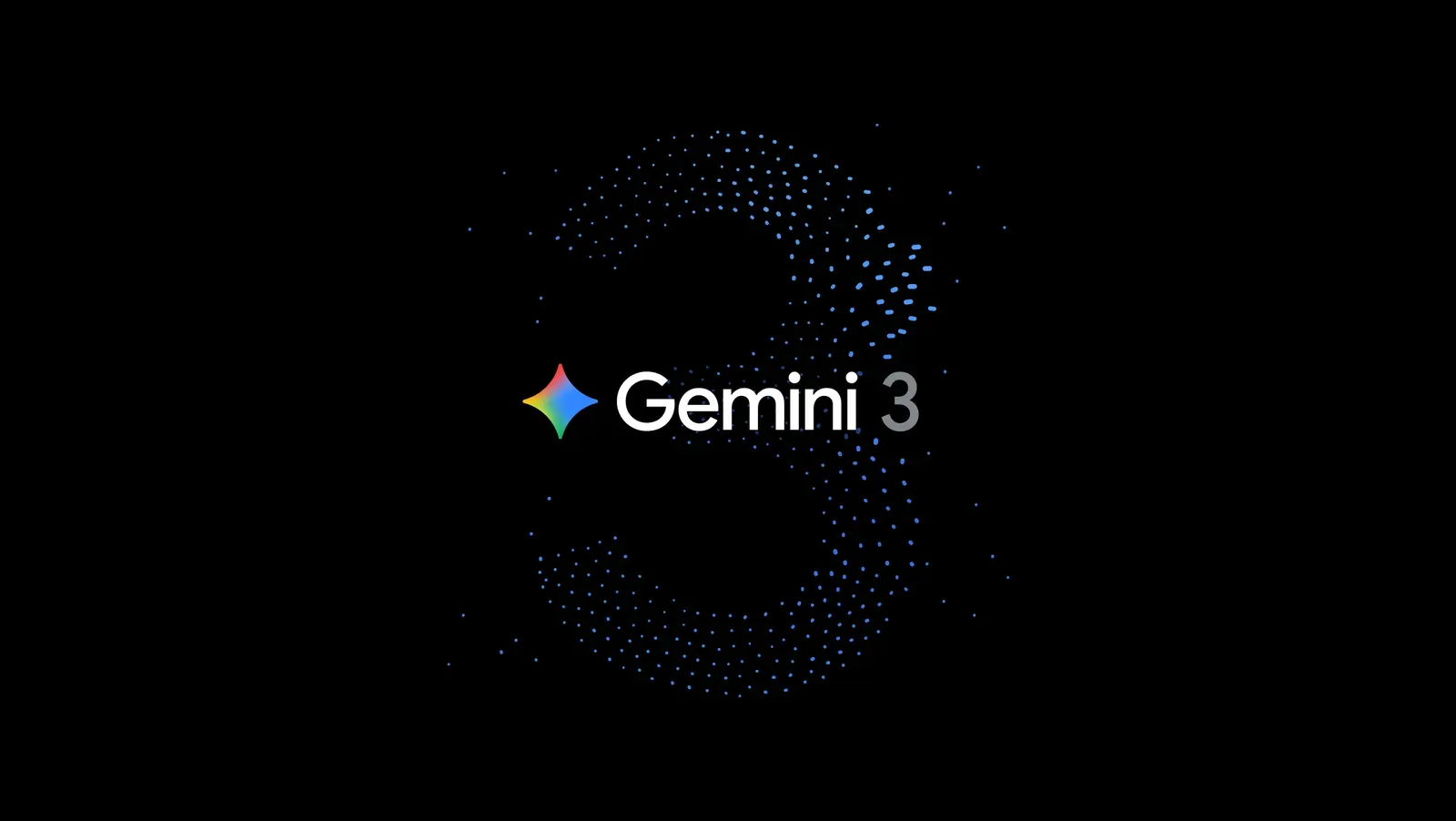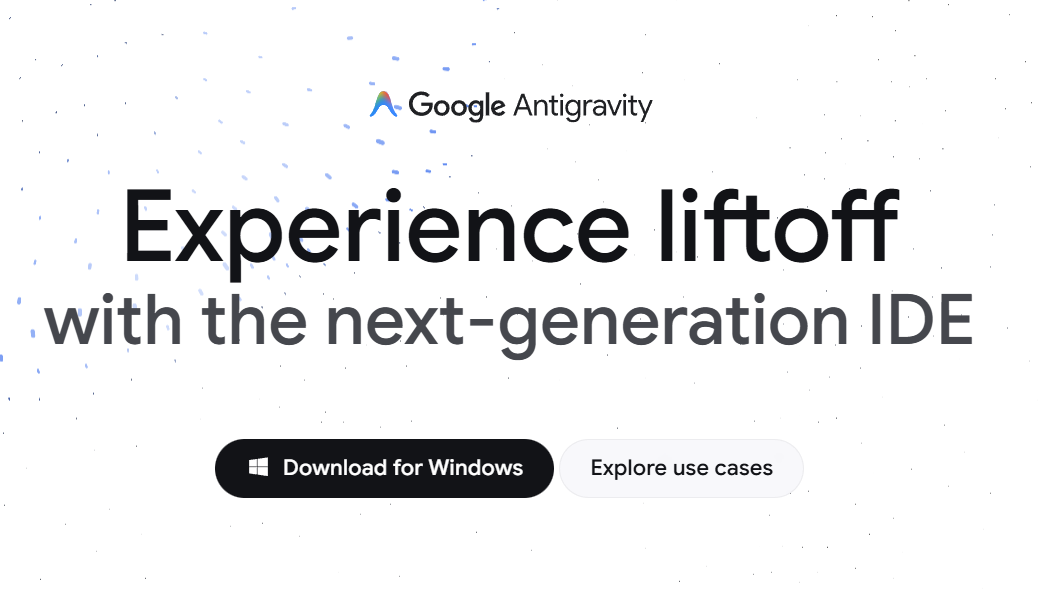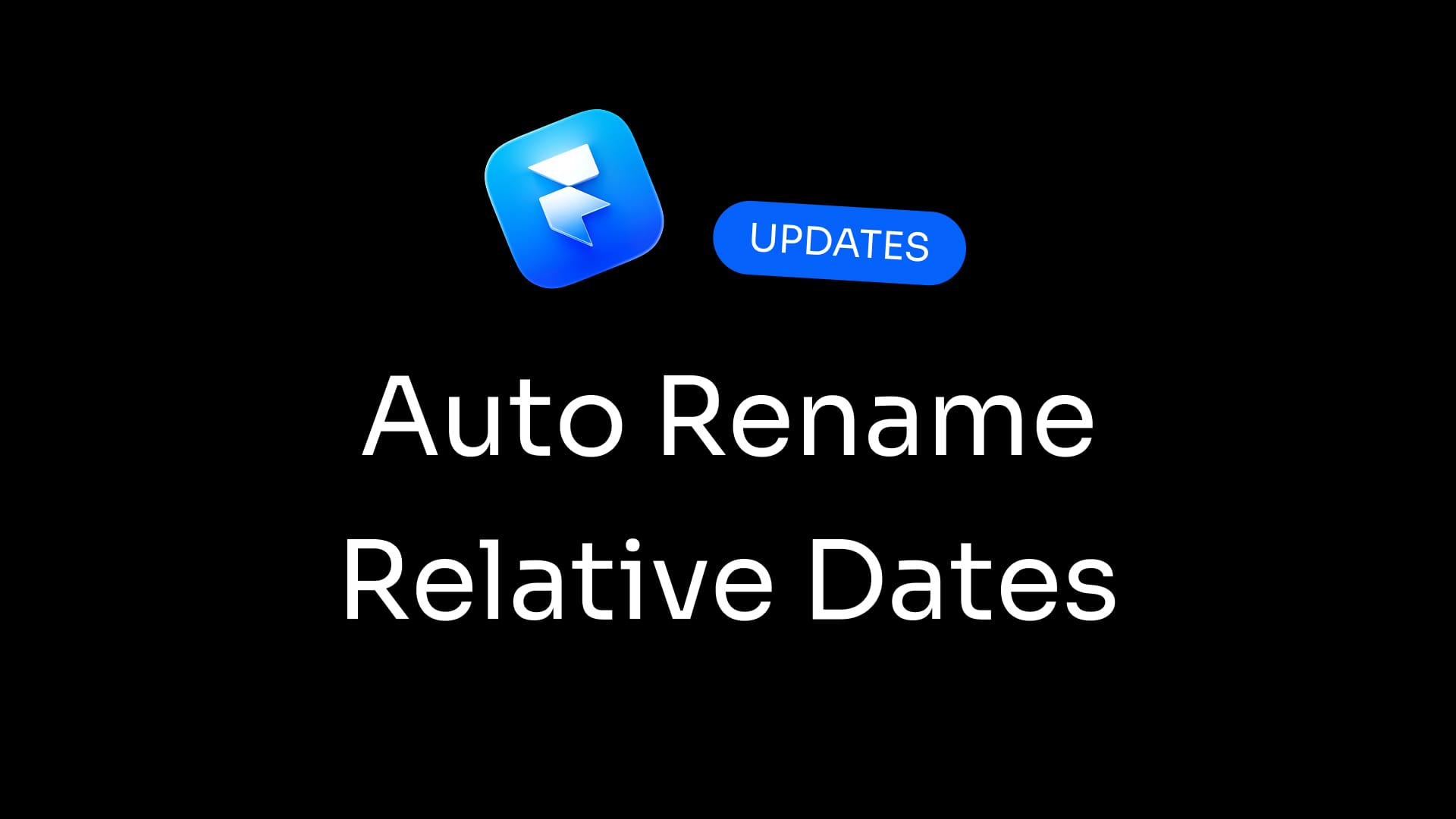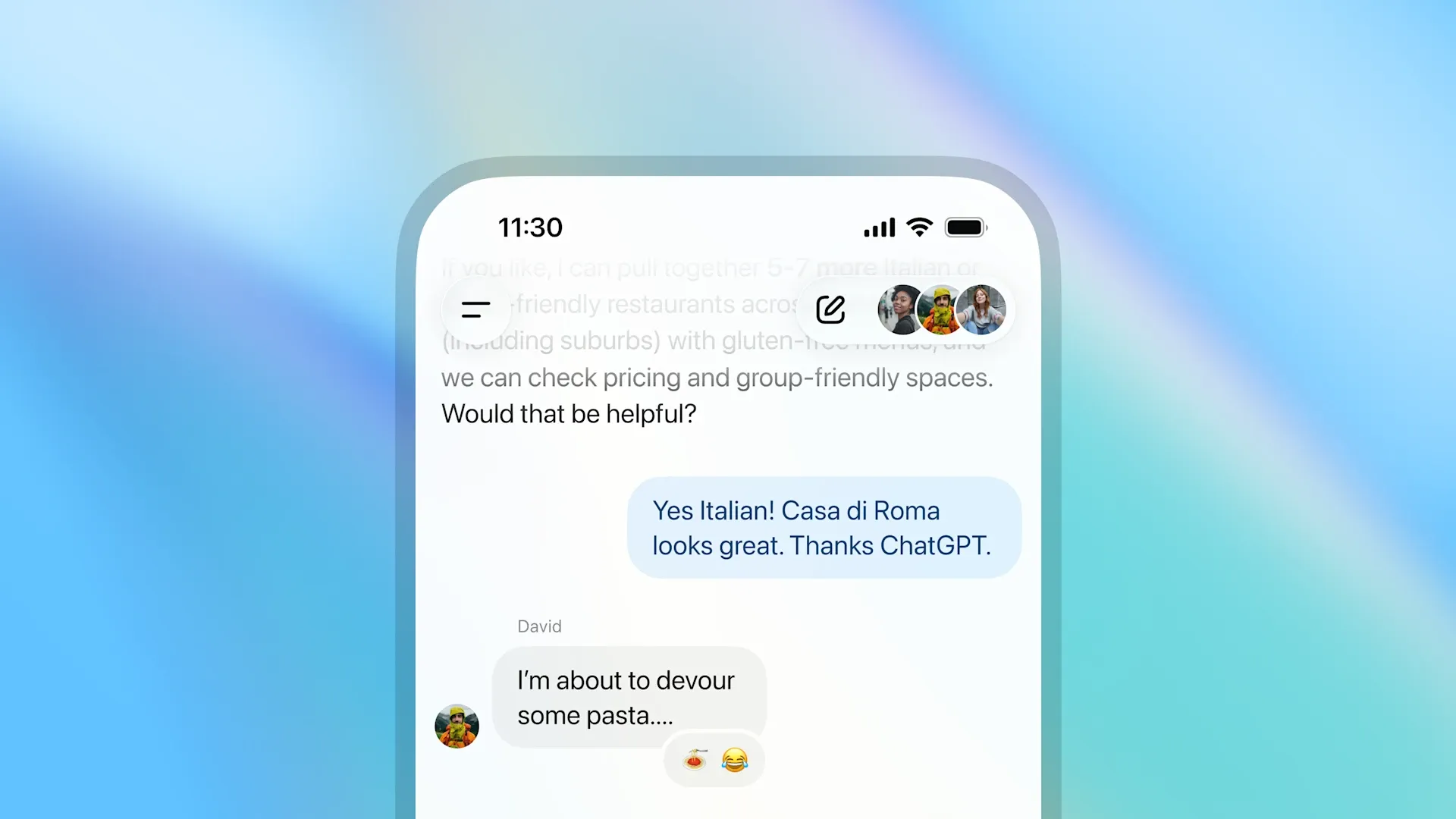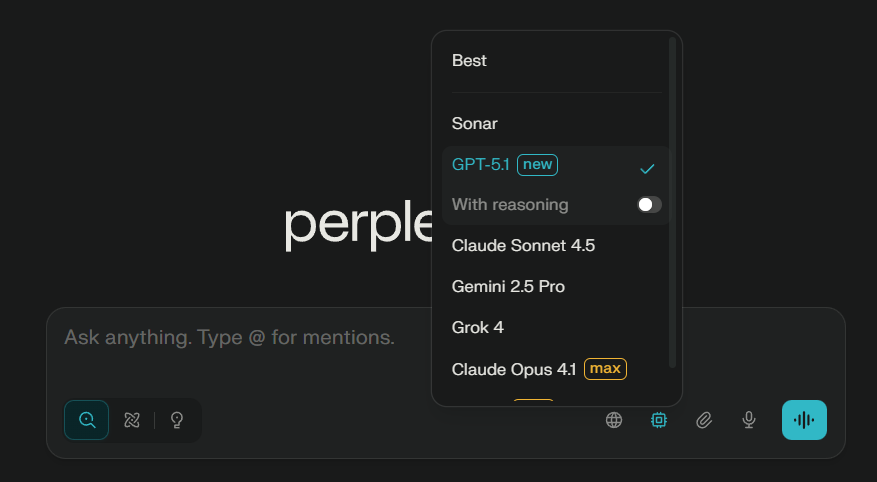Imagine yourself browsing an e-commerce site, adding items to your cart, but before completing your purchase, you're distracted by a notification. Hours later, that unfinished transaction lingers in your mind, gently nudging you to return and complete it. This psychological phenomenon isn't coincidence—it's the Zeigarnik Effect in action.
What is the Zeigarnik Effect?
Named after Soviet psychologist Bluma Zeigarnik in the 1920s, the Zeigarnik Effect is a psychological principle stating that people remember uncompleted tasks better than completed ones. The story goes that Zeigarnik noticed restaurant servers had remarkable memory for orders still in progress but quickly forgot details once the order was delivered and paid for.
In UX design, this cognitive bias can be leveraged to create more engaging experiences by strategically using incomplete tasks to maintain user attention and drive desired behaviors.
How the Zeigarnik Effect Works in UX Design
Progress Indicators
Progress bars, step indicators, and completion meters tap directly into our natural tendency to want to finish what we've started. When users see they're "65% complete" on a profile setup, they feel an intrinsic motivation to reach 100%.
Saved States
"Your cart is waiting for you!" notifications aren't just reminders—they're psychological triggers activating the mental tension of unresolved tasks.
Gamification Elements
Achievement systems with visible "incomplete" badges or tasks create mental loops that users feel compelled to close. It's why you might find yourself playing "just one more level" to complete a set—the incompleteness creates psychological discomfort we seek to resolve.
The Pros of Using the Zeigarnik Effect
Improved Task Completion
When properly implemented, the Zeigarnik Effect can significantly boost conversion rates and reduce abandonment. Users who have started a process feel a natural drive to finish it—a psychological "itch" that wants scratching.
Enhanced Engagement
By breaking complex processes into visible incomplete steps, users remain more engaged throughout. As one product designer put it, "Incompleteness creates a cognitive tension that keeps users mentally invested in your product."
Stronger Memory Formation
Users are more likely to remember and return to incomplete tasks. This explains why "save for later" features work so well—they're not just convenient but psychologically compelling.
Natural Motivation
Unlike external rewards, the Zeigarnik Effect taps into intrinsic motivation. The desire to complete is coming from within the user rather than being artificially imposed. This connects with principles like the Goal Gradient Effect, where motivation increases as the goal gets closer.
The Cons and Ethical Considerations
Potential for Manipulation
The line between helpful engagement and manipulation can blur. As UX professionals, we must ask: "Are we helping users accomplish their goals, or tricking them into behaviors that primarily benefit us?" Using techniques like the Zeigarnik Effect unethically can lead to dark patterns.
Cognitive Load
Too many incomplete tasks can create anxiety rather than motivation. Ever felt overwhelmed looking at an endless to-do list? That's the dark side of the Zeigarnik Effect, potentially leading to Cognitive Load or Choice Overload.
Diminishing Returns
Overuse can lead to fatigue and reduced effectiveness. Users may become desensitized or even annoyed if everything feels like an incomplete task demanding attention.
Not Universally Applicable
Some tasks are better presented as discrete units rather than incomplete processes. Sometimes a clean, single-step interaction is superior to an artificially segmented one, aligning with principles of simplicity like Occam's Razor.
When to Use the Zeigarnik Effect
Multi-Step Processes
Onboarding, checkout flows, and form completion benefit tremendously from progress indicators that leverage our desire to complete what we've started. Breaking these into manageable steps utilizes concepts like Chunking.
Learning Experiences
Educational platforms can use "incomplete" course modules to motivate continued learning. It's the digital equivalent of leaving a bookmark in a partially read book.
Habit Formation
When trying to encourage regular usage, showing incomplete streaks or patterns can motivate users to maintain consistency. "You've meditated 5 days in a row—don't break your streak now!"
Goal Achievement
Fitness apps, savings goals, and other achievement-oriented experiences benefit from visualizing the gap between current state and completion, strongly leveraging the Goal Gradient Effect.
When NOT to Use the Zeigarnik Effect
Emergency or Critical Situations
When users need immediate information or assistance, adding psychological friction is inappropriate. Emergency services apps should prioritize speed and clarity over engagement techniques.
Negative Emotional States
When users are already frustrated, anxious, or overwhelmed, additional uncompleted tasks may exacerbate negative feelings, increasing Cognitive Load.
Simple Tasks
Not everything needs to be turned into a multi-step process. As one UX wag put it, "If making toast required a five-step progress indicator, we'd all eat cereal instead." Keep simple tasks simple.
Privacy-Sensitive Information
Creating artificial incompleteness around sensitive data collection can feel manipulative. Users should never feel pressured to provide personal information beyond what's necessary.
Practical Examples in Action
E-commerce Wishlists
"You have 3 items waiting in your wishlist" notifications create just enough tension to draw users back to the platform.
LinkedIn Profile Completeness
LinkedIn's profile completion percentage is perhaps one of the most recognizable implementations of the Zeigarnik Effect. That little progress circle showing "70% complete" has driven countless professionals to add skills they'd forgotten and experiences they might have otherwise omitted.
Duolingo Streaks
Language learning app Duolingo has masterfully turned daily practice into a streak-based system that users become invested in maintaining. Breaking a 30-day streak feels like genuine loss.
Email Marketing Sequences
"Complete your registration to unlock premium features" emails leverage our discomfort with leaving tasks half-finished.
Implementing the Zeigarnik Effect: Best Practices
Be Transparent
Users should understand what "completion" means and how to achieve it. Hidden requirements or moving goalposts erode trust.
Provide Value at Each Step
Each component of an incomplete process should deliver some immediate value, not just promise future rewards.
Respect User Agency
Allow users to dismiss or ignore incomplete tasks without punishment or excessive nagging. This avoids crossing the line into dark patterns.
Test, Measure, Refine
Different user groups may respond differently to incompleteness triggers. A/B testing is essential to find the right balance for your specific audience.
Humorous Aside: The Unfinished Symphony of UX
You know you're a true UX designer when you start seeing the Zeigarnik Effect everywhere. That TV series finale that left you hanging? Pure Zeigarnik. The cliffhanger ending in a novel? Zeigarnik gold. The way your partner leaves one cabinet door slightly ajar just to watch you twitch until you close it? Relationship Zeigarnik (and possibly grounds for couples therapy).
I'd tell you the rest of this joke, but I think I'll leave it unfinished—you know, for maximum memorability.
Further Reading
For those whose appetite for psychological UX principles remains, well, incomplete, here are some valuable resources:
- "Hooked: How to Build Habit-Forming Products" by Nir Eyal
- "Don't Make Me Think" by Steve Krug
- "100 Things Every Designer Needs to Know About People" by Susan Weinschenk
- "Evil by Design: Interaction Design to Lead Us Into Temptation" by Chris Nodder
- "Thinking, Fast and Slow" by Daniel Kahneman
Conclusion
The Zeigarnik Effect demonstrates how deeply psychological principles influence user behavior. When implemented thoughtfully, it creates experiences that feel natural and compelling, helping users accomplish their goals while maintaining engagement. When misused, it becomes just another dark pattern in a designer's toolbox.
As with all powerful tools, the key lies not just in knowing how to use it, but when to use it—and perhaps more importantly, when to leave well enough alone. The best UX doesn't just leverage psychological principles; it respects the humans on the receiving end of those principles.
After all, the most satisfying experience is one where users feel they've completed something meaningful—a feeling we can only deliver if we've designed with both effectiveness and ethics in mind.
Now if you'll excuse me, I need to finish writing this article about the psychological power of unfinished...



